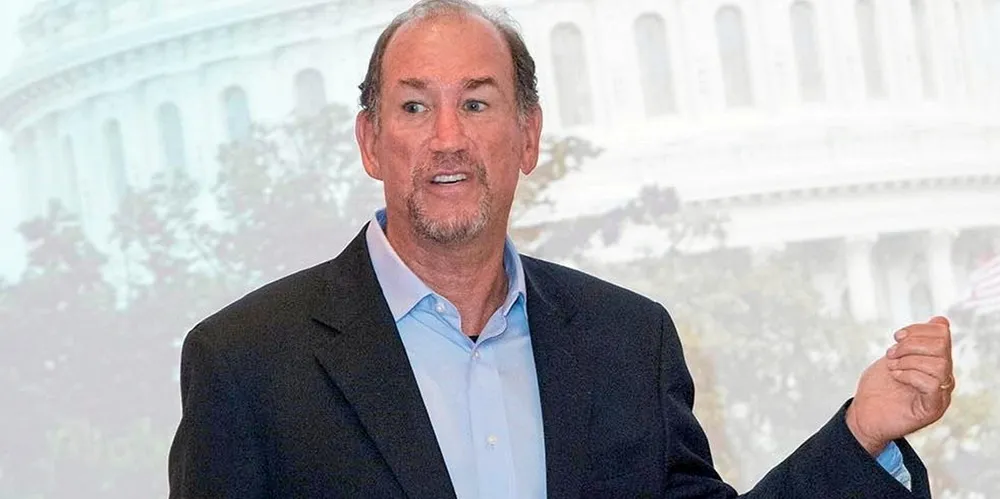Acore CEO Wetstone says US climate law to supercharge clean energy investment
Renewable energy advocacy group head tells Recharge Summit that implementation of inflation reduction act key to driving $100bn in annual energy transition spending

The IRA puts solar and wind tax incentives in place for at least a decade, ending Congress’ cycle of short-term extensions — often after their expiration. The tax credits comprise about $120bn of $369bn in federal clean energy-related spending delivered by the law.
For offshore wind, the tax credits are worth 30% of capital expenditure if projects meet certain apprenticeship and wage requirements. A “bonus” additional 10% credit is available from 1 January 2023 for using a certain percentage of domestic iron, steel, and manufactured products.
Tax subsidies are now available for domestic manufacturing of offshore wind components, foundations, and turbine installation vessels.
“We could and hopefully, we’ll do, a tremendous amount of building the domestic manufacturing base, which we need and, doing it for offshore wind, [which] makes tremendous sense,” he said.
The IRA doesn't clear the path entirely, however, and delays in issuing rules on how these incentives will be implemented is dragging on capacity investments.
For example, the IRA contains environmental justice initiatives that provide added bonuses for supply chain investment in low-income areas and areas that have been afflicted with the worst effects of fossil fuel exploitation, but “what determines whether you can qualify for a bonus for being in an energy community or low-income area?” said Wetstone.
“We need guidance from the Treasury Department. That’s basic blocking and tackling, but it needs to be done, and done right,” he said.
Another key drawback of the IRA is the lack of ITC for transmission upgrades to enable the delivery of offshore wind power to the grid, leading to inefficient deployment.
Offshore wind projects can receive the full ITC for tying their projects to the grid through radial lines on a project-by-project basis, “but it's that's a really inefficient approach to having a transmission grid,” said Wetstone.
“That’s a huge inefficiency that we need to correct,” he said.
Lack of controversy surrounding the climate initiatives in recent US elections, however, “provide for greater investment confidence, that this commitment to the clean energy transition is for real.”
“We are not looking at a world where we saw candidates running against the climate provisions,” he said. “We’re not seeing a backlash.”
(Copyright)